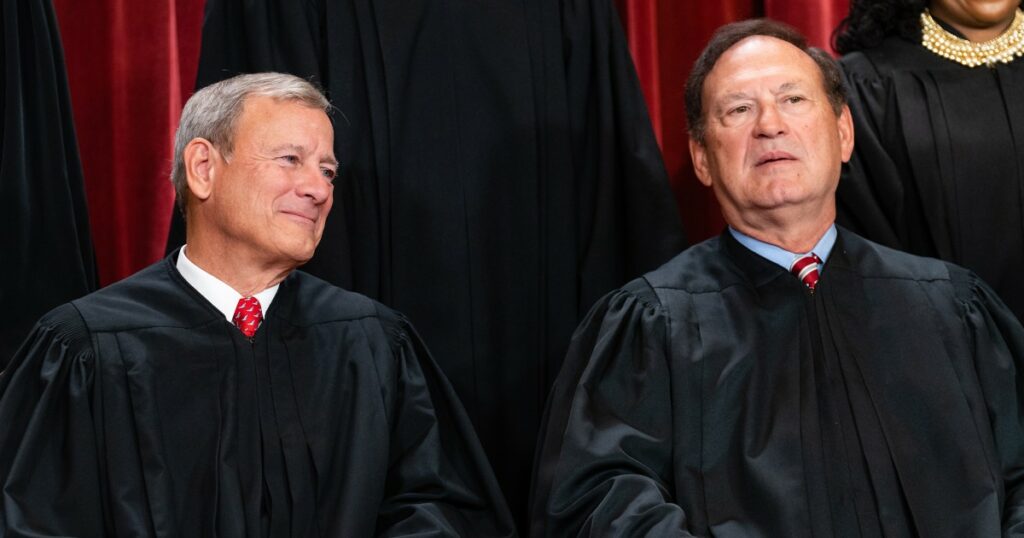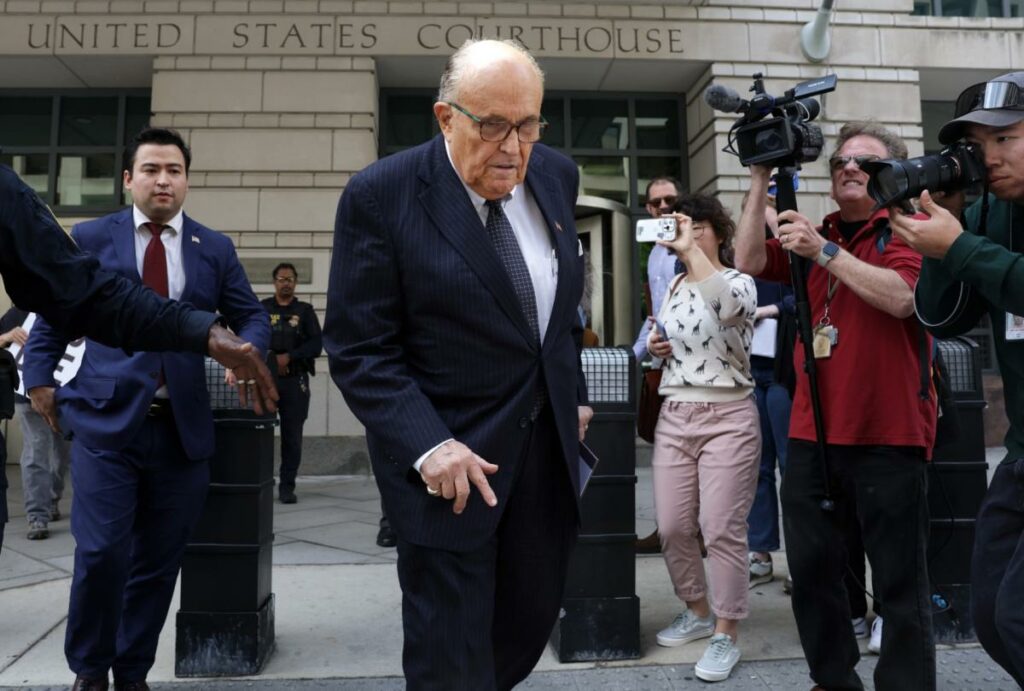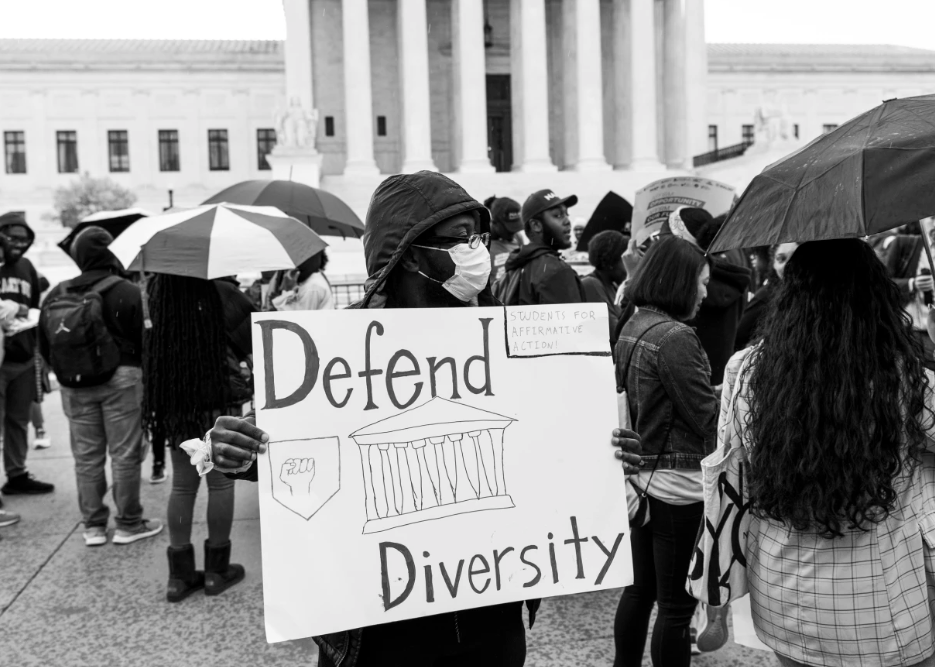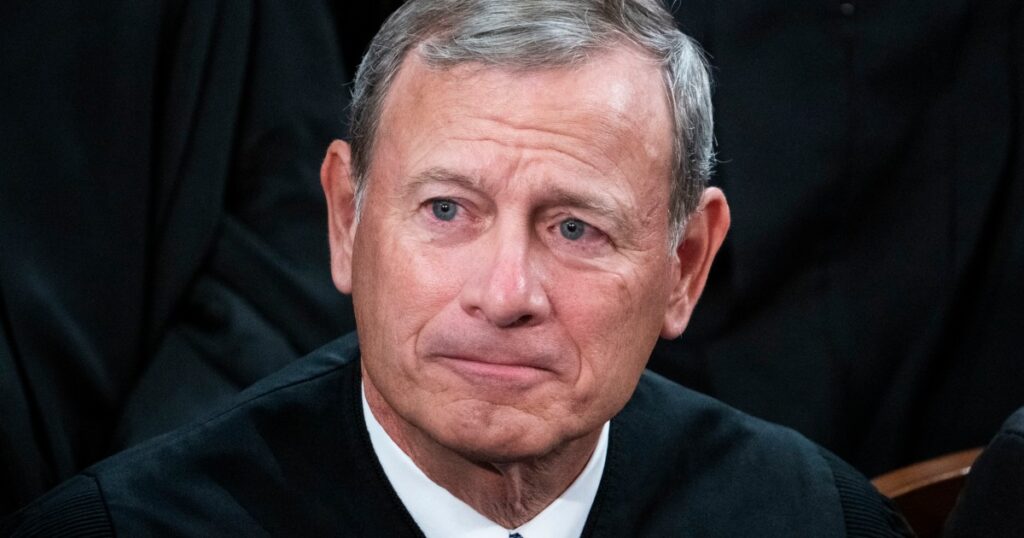The Supreme Court’s Disturbing Trend: Legislating from the Bench
One year ago, the Supreme Court shocked the nation by overturning Roe v. Wade, effectively stripping away the constitutional right to an abortion. The conservative justices argued that the Constitution never mentioned abortion, therefore it couldn’t be a constitutional right. This decision marked a turning point in the Court’s approach to legislation.
“Don’t legislate from the bench” has long been a rallying cry for Republicans. They argue that judges should interpret laws, not create them. But now, with a conservative supermajority on the Supreme Court, it seems they have abandoned this principle.
The Court is now imposing its own legislative vision on America, effectively rewriting laws to implement unpopular policies that would never pass through Congress. Issues like student loan relief, climate change, voting rights, labor laws, and gun control are now decided by the Court, not by the people or their elected representatives.
For example, the Court recently ruled that 43 million Americans would not receive student loan relief under President Biden’s plan. They claimed that the program had not been explicitly approved by Congress, ignoring the fact that the law allows the Education Department to modify financial assistance programs in a national emergency.
On climate change, the Court has undermined Congress and the Environmental Protection Agency, ruling that the EPA exceeded its authority to regulate carbon emissions from power plants. They ignored the fact that Congress explicitly gave the EPA this authority in the Clean Air Act.
In the realm of voting rights, the Court has effectively rewritten the core protections of the historic Voting Rights Act, allowing states to implement voter suppression laws without federal approval. They have weakened a statute that was meant to protect against discrimination and ensure equal access to the ballot.
When it comes to labor rights, the Court has struck down long-standing practices that protected workers’ rights to join unions and organize strikes. They have sided with corporations over employees, undermining the National Labor Relations Act.
And in the area of gun control, the Court has gutted tailored gun regulations passed by lawmakers in Washington, Chicago, and New York. They have expanded the interpretation of the Second Amendment, allowing individuals to carry guns in public without proper cause or a license.
This Supreme Court is making choices for the legislature, rewriting laws in a manner that pleases the conservative supermajority on the bench. They are not neutral judges, but politicians in robes.
It is a disturbing trend that undermines the separation of powers and the democratic process. The Court should interpret laws, not create them. The power to make and change laws should rest with the people and their elected representatives, not with an unelected and ideologically driven Court.
We must pay attention to these developments and hold our elected officials accountable. Our rights and the future of our democracy are at stake.
Opinion | Unveiling the Surprising Power Shift in the Supreme Court
The United States Supreme Court has long been regarded as the ultimate arbiter of justice, with its nine justices wielding immense power in shaping the nation’s legal landscape. However, recent developments have unveiled a surprising power shift within the highest court of the land, challenging conventional wisdom and raising important questions about the future of American jurisprudence.
Traditionally, the Supreme Court has been divided into two ideological camps: conservative and liberal. This division has often resulted in contentious decisions, with justices aligning themselves along predictable lines. However, in recent years, a subtle but significant shift has occurred, blurring the lines between these ideological factions.
One of the key factors contributing to this power shift is the retirement of Justice Anthony Kennedy in 2018. Kennedy, often seen as a swing vote, had a reputation for siding with both conservative and liberal justices on various issues. His departure created a void that has yet to be filled, leaving the court without a clear ideological center.
This power vacuum has allowed Chief Justice John Roberts to emerge as a pivotal figure in shaping the court’s decisions. Roberts, a conservative justice, has shown a willingness to break from his conservative colleagues on occasion, leading to surprising alliances and unexpected outcomes. His pivotal role in upholding the Affordable Care Act in 2012 and more recently, in striking down a Louisiana abortion law, has demonstrated his ability to influence the court’s direction.
Furthermore, the appointment of Justices Neil Gorsuch, Brett Kavanaugh, and Amy Coney Barrett by former President Donald Trump has added a new dynamic to the court’s composition. While all three justices are considered conservative, their individual jurisprudential philosophies and approaches to the law have yet to be fully revealed. This uncertainty has led to speculation about potential fractures within the conservative bloc and the possibility of unexpected alliances with their liberal counterparts.
The power shift within the Supreme Court has not gone unnoticed by legal scholars and political observers. It has sparked debates about the court’s independence, its role in American democracy, and the potential for a more nuanced and less predictable approach to constitutional interpretation.
Critics argue that this power shift threatens the stability and predictability of the court’s decisions, undermining the public’s confidence in its ability to provide consistent and impartial justice. They fear that the court may become increasingly politicized, with justices aligning themselves based on personal beliefs rather than legal principles.
However, proponents of the power shift argue that it reflects a healthy evolution of the court, allowing for a more nuanced and balanced approach to legal interpretation. They contend that the court’s decisions should not be driven solely by ideology but should instead be guided by a careful consideration of the facts, the law, and the evolving needs of society.
Ultimately, the power shift within the Supreme Court raises important questions about the future of American jurisprudence. Will the court continue to move towards a more centrist approach, with Chief Justice Roberts at the helm? Or will the conservative majority solidify its control, leading to a more ideologically driven court?
Only time will tell. However, one thing is certain: the power shift within the Supreme Court has unveiled a new era of uncertainty and unpredictability, challenging long-held assumptions and forcing us to reevaluate our understanding of the court’s role in American democracy.









